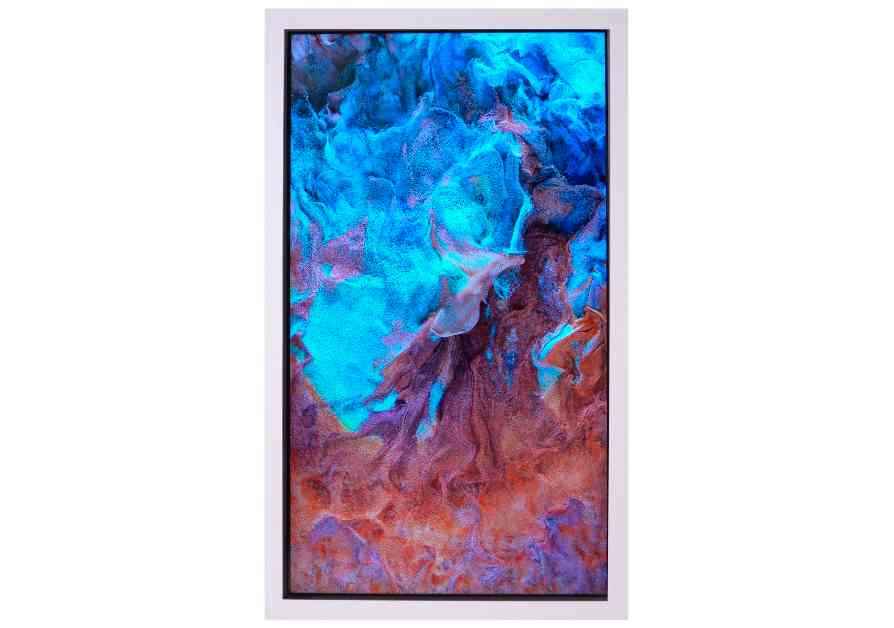Christie’s AI Art Sale Shatters Expectations: A New Chapter in Art History
Christie’s, a renowned auction house, recently made waves in the art world with its groundbreaking auction dedicated entirely to artificial intelligence-generated art, known as Augmented Intelligence. The event, which took place on Wednesday, March 5, exceeded all expectations by raking in a staggering $728,784, surpassing the initial projection of $600,000.
One of the most striking aspects of this auction was the demographic breakdown of the bidders. Surprisingly, nearly half of the participants, 48 percent, belonged to the Millennial or Gen Z cohorts, indicating a growing interest in AI-generated art among younger collectors. Additionally, 37 percent of the bidders were first-time buyers at Christie’s, highlighting the appeal of this innovative art form to a new audience.
The star of the show was undoubtedly the piece titled “Machine Hallucinations – ISS Dreams – A” by Refik Anadol, which fetched an impressive $277,200, well above its estimated value of $200,000. Another notable highlight was Holly Herndon & Mat Dryhurst’s diptych “Embedding Study 1 & 2 (from the xhairymutantx series),” which sold for $94,500, surpassing its estimated range of $70,000 to $90,000. With a sell-through rate of 82 percent across 34 lots, the auction was a resounding success.
Controversy and Criticism
Despite its triumph, Christie’s AI art auction was not without its fair share of controversy. Thousands of artists voiced their opposition to the event, arguing that AI models exploit human creativity without consent. In an open letter signed by nearly 4,000 individuals, Christie’s was urged to cancel the auction, claiming that AI-generated artworks rely on copyrighted material without proper compensation.
The debate surrounding AI art centers on the ethical implications of using machine-generated creativity to produce works of art. While some view AI as a tool for expanding artistic boundaries, others see it as a threat to the traditional human-driven creative process. The tension between these two perspectives underscores the broader conversation about the intersection of technology and art in the modern era.
In response to the backlash, Christie’s defended the legitimacy of the featured artists, emphasizing that AI was utilized to enhance their existing multidisciplinary practices. The auction house highlighted the artists’ contributions to leading museum collections and positioned AI as a means of enriching, rather than replacing, their creative output.
The Future of AI Art
The success of Christie’s AI art auction signals a significant shift in the art market, paving the way for a new chapter in art history where human artistry and machine-driven innovation coexist. While the debate over the role of AI in art continues to unfold, one thing is clear: AI art is carving out a firm place in the art world, challenging traditional notions of creativity and raising fundamental questions about the nature of artistic expression.
As we navigate this evolving landscape of art and technology, it is essential to recognize the profound impact that AI is having on the creative process. By embracing the possibilities that AI offers, artists and collectors alike can explore new frontiers of artistic expression and push the boundaries of what is possible in the world of art.
In conclusion, Christie’s AI art auction represents a pivotal moment in art history, where innovation and tradition converge to shape the future of artistic practice. As we look ahead to the next chapter in the evolution of art, one thing is certain: AI art is here to stay, challenging us to rethink our assumptions about creativity, authorship, and the very nature of art itself.












